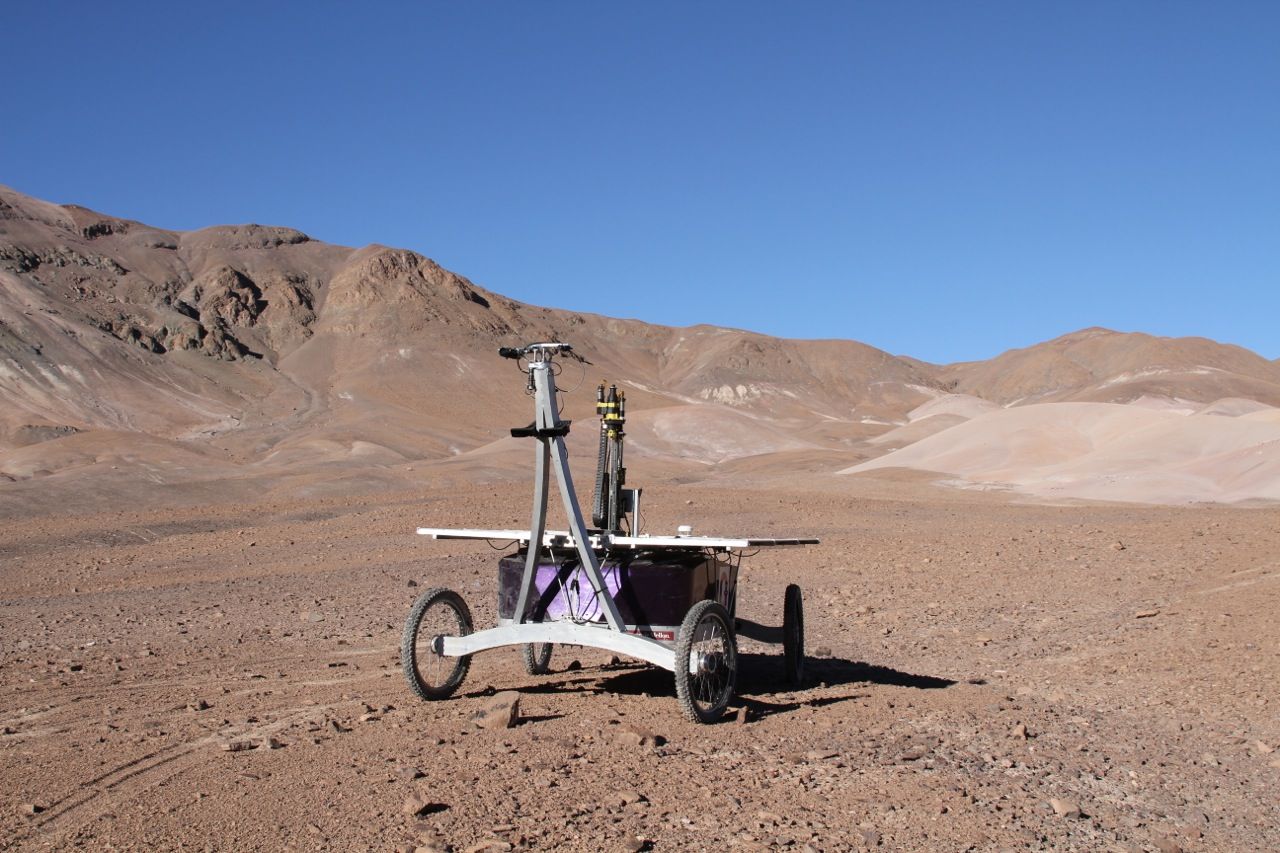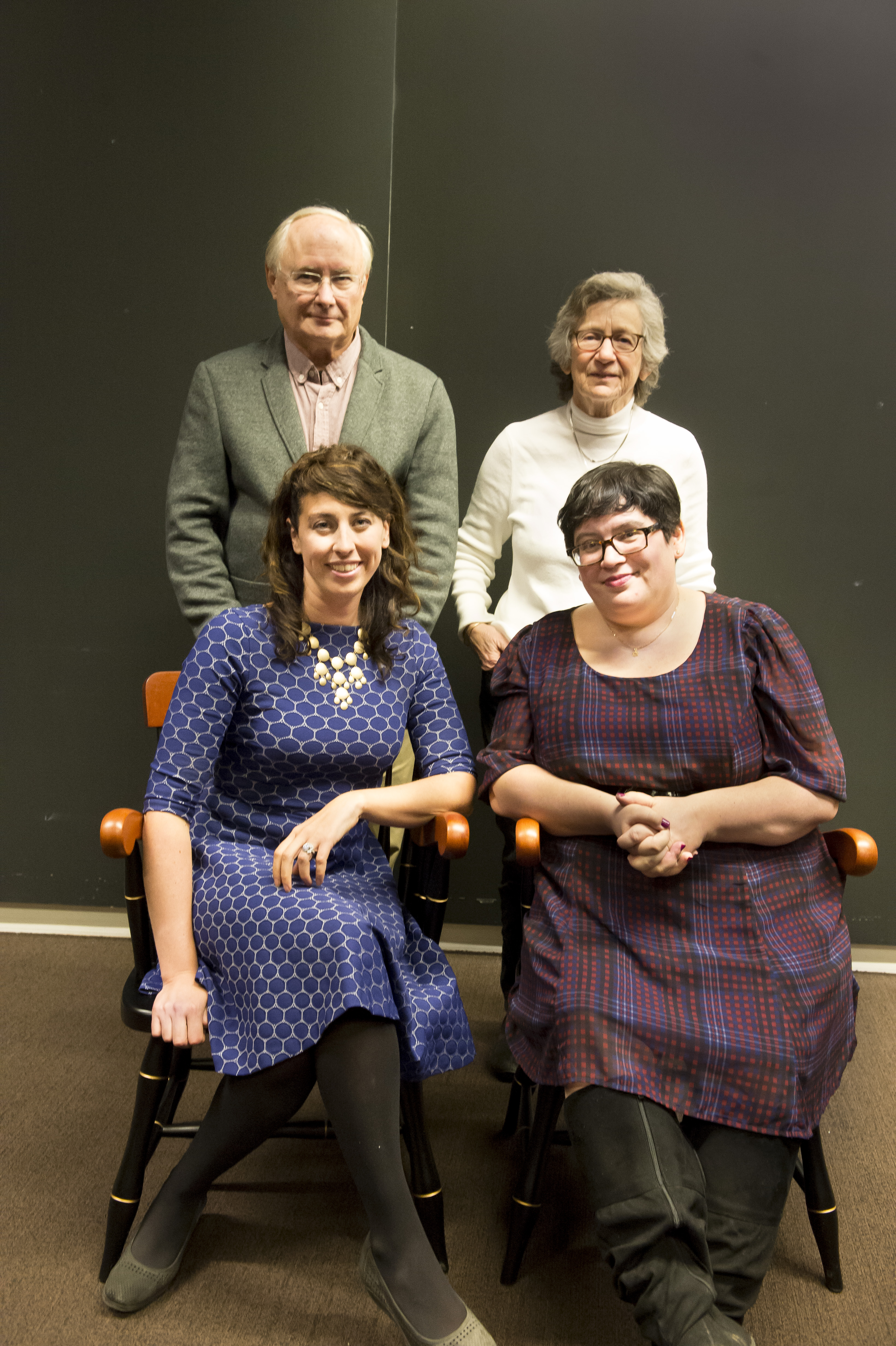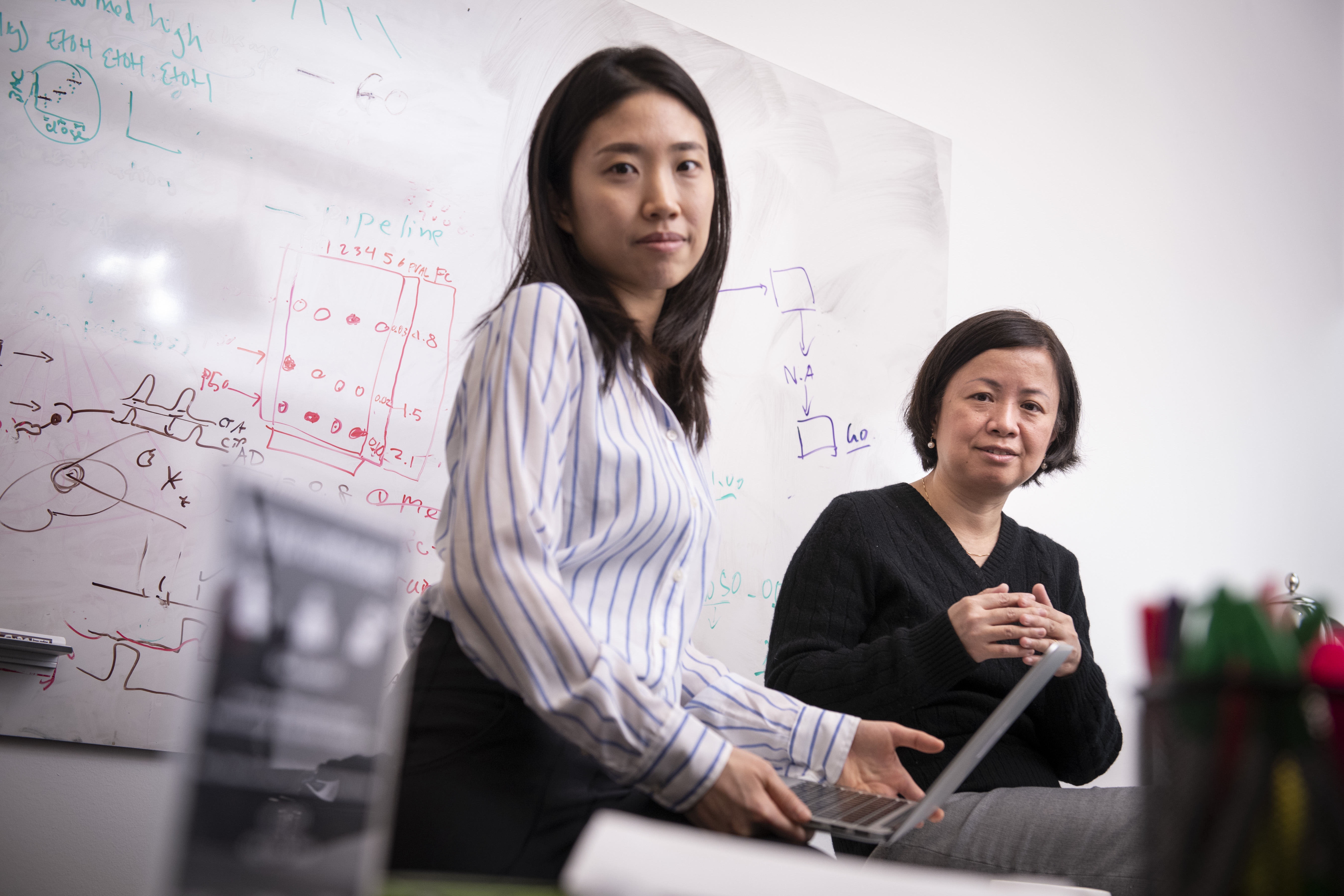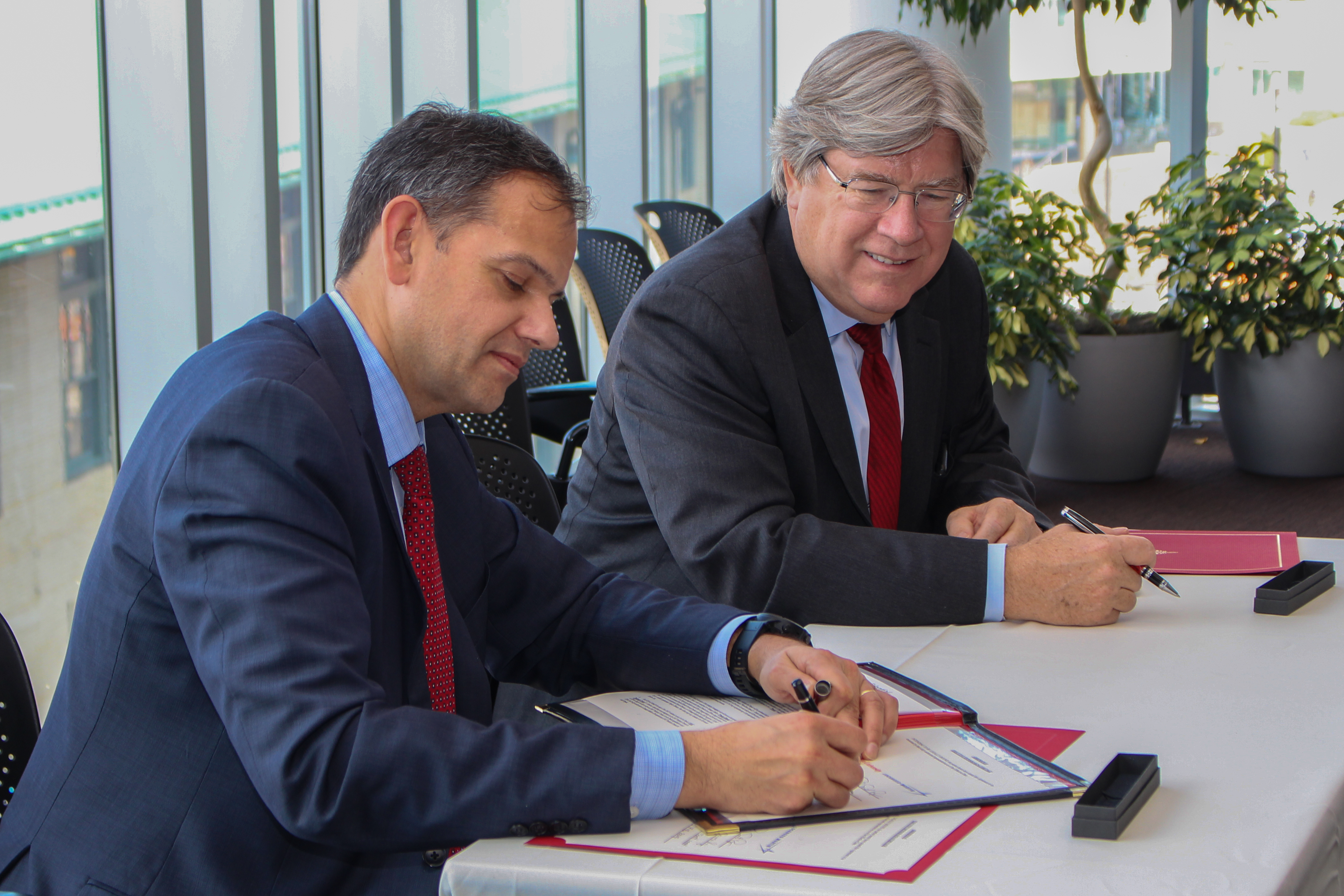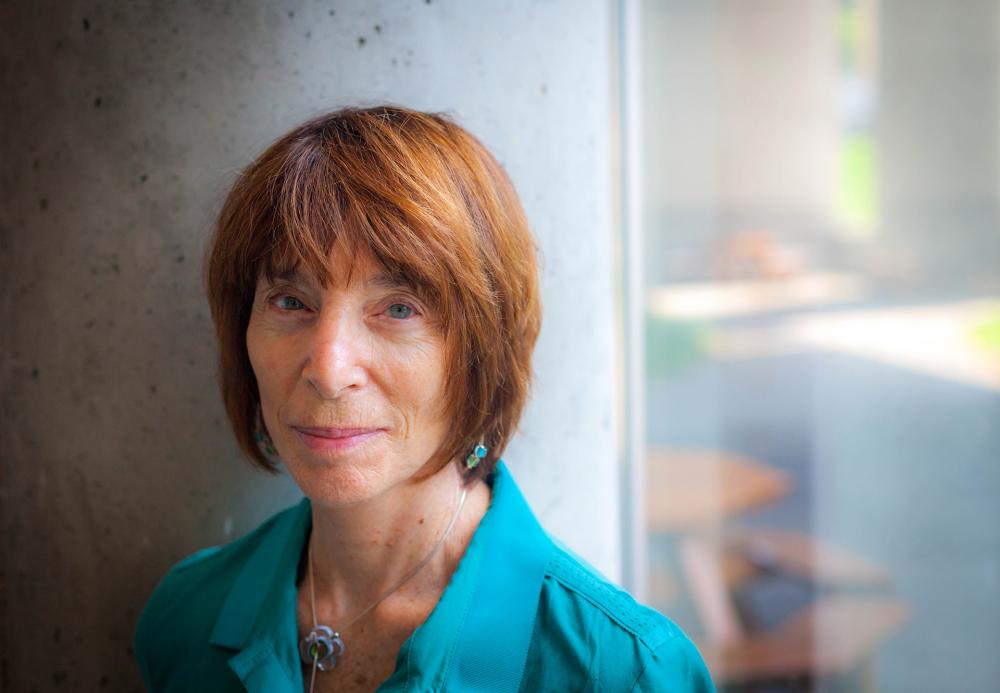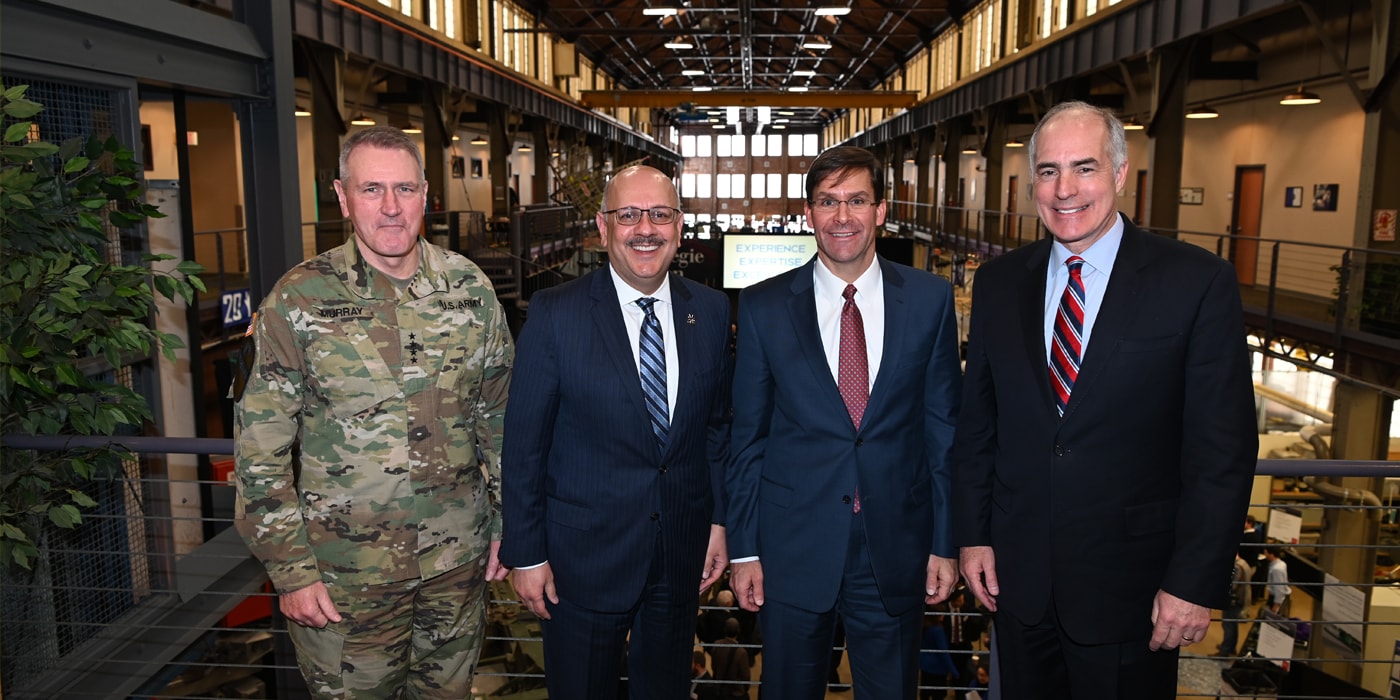CMU's Zoe Rover Shows Robots Can Find Subterranean Organisms
An autonomous rover named Zoë, designed and built by Carnegie Mellon University's Robotics Institute, drilled into the soil of Chile's Atacama Desert in 2013 and discovered unusual, highly specialized microbes. The NASA-funded mission demonstrated how robots might someday find life on Mars. The astrobiology mission was led by the Robotics Institute and the SETI Institute to test technologies for searching for life underground. The microbial analyses of the soil samples recovered by Zoë were published Feb. 28 in the journal Frontiers of Microbiology. "This experiment culminates more than a decade of research at Carnegie Mellon developing robots that can autonomously explore the geology and microbiology of planetary surfaces," said David Wettergreen, research professor of robotics and principal investigator of the Life in the Atacama project. "Beginning in 2003, Zoë mapped more than 300 kilometers of traverse at eight field sites in the Atacama." "We have shown that a robotic rover can recover subsurface soil in the most Mars-like desert on Earth," said Stephen Pointing, professor of environmental studies at Yale-NUS College, Singapore, who led the microbial research. "This is important because most scientists agree that any life on Mars would have to occur below the surface to escape the harsh surface conditions where high radiation, low temperature and lack of water make life unlikely."

